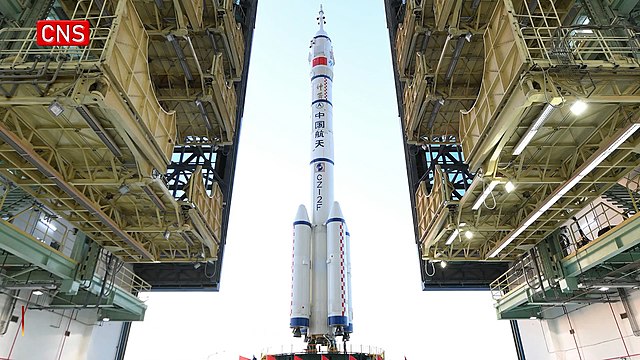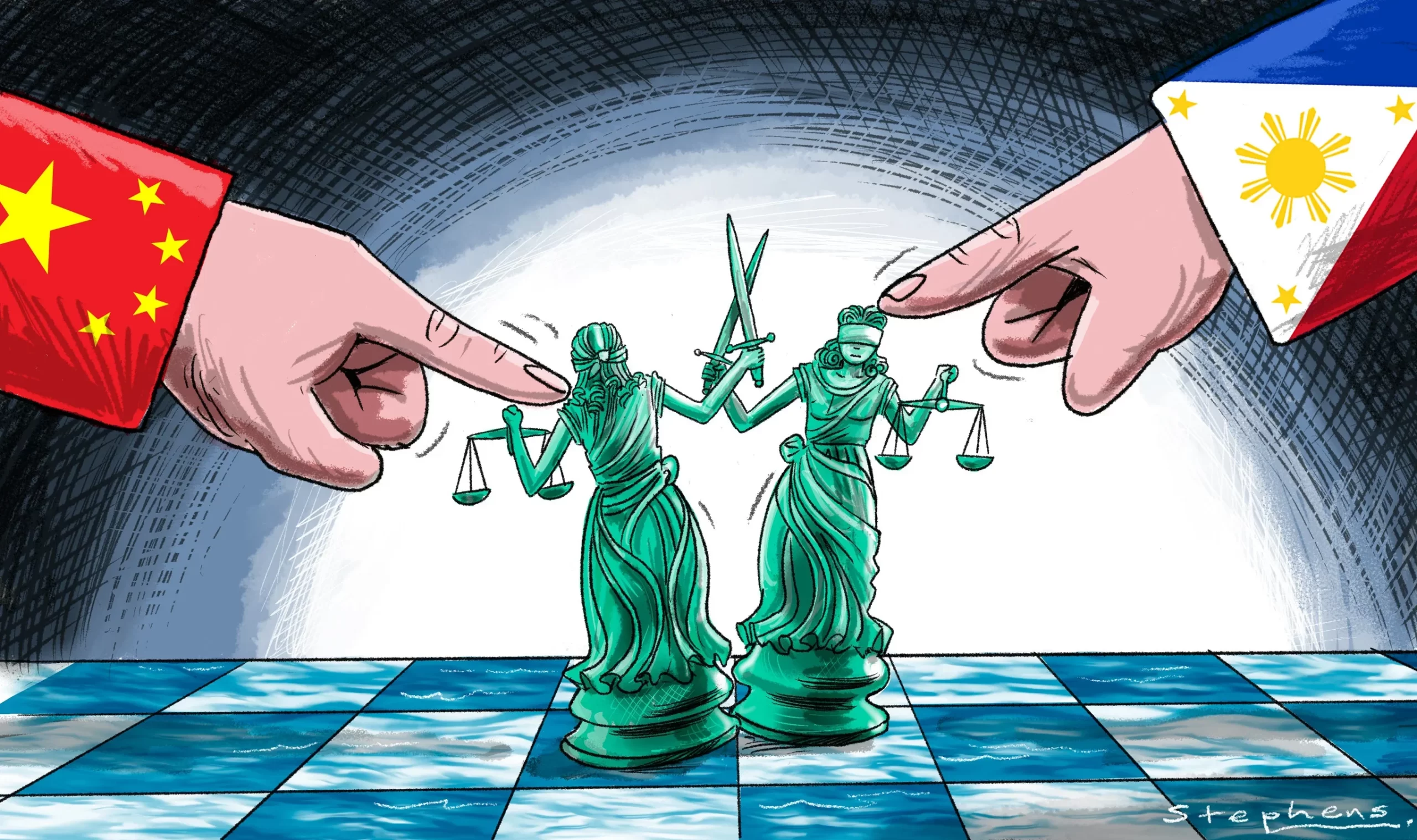The First Decade: End of State Monopoly
In the early 2000s, as billionaires like Elon Musk and Jeff Bezos began founding private space companies in the U.S., China’s space industry remained firmly under control by two stated-owned-enterprises (SOEs): China Aerospace Science and Technology Corporation (CASC) and China Aerospace Science & Industry Corporation Limited (CASIC). This changed in 2014, when the State Council announced drastic reforms to open the industry to private capital and innovation.[1] By 2015, entrepreneurs and engineers were flocking to this new market, drawn by the promise of business opportunities and greater technological autonomy than what was possible under SOEs and state-led projects. As of 2022, China’s private space sector recorded over 430 commercial space enterprises, with the industry value projected to reach $320 billion by 2024, and maintaining a remarkable 22.3% annual growth rate since the reforms began.[2]
Analysts attribute the causes of this rapid expansion to two key factors. First, the large state-run aerospace firms struggled to meet the surging market demand for cost-effective commercial solutions to space, such as smaller satellites and reusable rockets. SOEs’ bureaucratic inertia and risk-averse work culture of older, conservative development teams could not keep with up national goals or markets for faster innovation and better space systems.[3] Second, the rise of Elon Musk’s SpaceX, with its reusable Falcon 9 rockets and Starlink mega constellation served as both an inspiration and warning.[4] China recognized the need for a fast-paced and risk-taking private sector innovation if it hoped to remain competitive in the space domain that is critical to both military and civil interests. The result of the 2014 reform and open-up of the space industry has been strikingly successful. Startups like LandSpace, Space Pioneer, and i-Space have set domestic records, secured hundreds of millions of dollars in investment, and achieved global milestones, such as launching the world’s first methane-fueled rocket.[5] Yet, challenges remain, particularly risk-tolerant billionaires like Musk. Unlike SpaceX, whose success owes much to Musk’s willingness to keep investing billions and billions of his own wealth into costly rocket testing that suffered numerous catastrophic failures before reaching reusability.[6] Chinese firms are more constrained to finances with a cultural aversion to risk. Heavy dependence on government contracts and subsidies further limits truly independent space enterprises that challenge the development of the high potential but equally risky industry.
Private or Not? The State’s Invisible Hand
The 2014 top-down reforms opened the doors to private investment, followed by a decade of sharp rise of privately operated commercial space companies in China, but the government retains substantial influence and oversight of the industry. Quasi-private entities, often closely tied to government institutions, focus on national priorities while responding to market demands. For example, CAS Space is largely owned by the Chinese Academy of Sciences, and ExPace, a spin-off from CASIC.[7] These firms enjoy privileged access to state resources, such as mature rocket engines, test facilities, and launch sites, but remain focused on national agendas. The close ties blur the line between corporate and national interests, suggesting that Beijing seeks to incentivize innovation without fully relinquishing control of space to the market. That said, the same government connections offer valuable advantages for startups. By leveraging state infrastructure and resources, such as launch sites and rocket engine, initial costs can be reduced for firms to survive then thrive in reducing barriers to entry and financial risks. What’s more is government contracts can support the industry in boosting research and development just like the U.S., where NASA’s support for SpaceX attracted more talents and ideas to the sector.[8] However, China lacks a comprehensive legal framework to specify what’s allowed and what is not, such as the U.S. Code Title 51 and the Commercial Space Launch Competitiveness Act.[9] In 2019, Beijing announced low-level administrative regulations outlining requirements like registration, qualifications, and licensing, but these guidelines did not consult commercial space actors while remaining vague when it comes to ownership and property rights in space.[10] This uncertainty drawn by ambiguity could prevent venture capitalists from investing in an inherently high-risk industry for its technical barriers. As one industry representative put it, “We hope the government will strengthen the guidance of private commercial aerospace enterprises, build a more open, flexible and efficient cooperation and win-win mechanism.”[11] The key question remains in the balance between fostering private sector innovation and pursuing national ambitions in an industry significant for geopolitical interests and great potential for commercial growth.
2025 Prospects: Ambitions and Reality
Looking ahead to the rest of 2025, China continues to progress on ambitious projects, but the reality is still challenging for its national and private teams to reach scheduled launch capacity and dates. For instance, it fell significantly short of its 100-launch target in 2024, despite hitting an all-time-high domestic record of 68 launches.[12] This raised skepticism over the industry’s ability to meet its goals and exposed vulnerabilities, including technical setbacks and logistical bottlenecks. Notably, Space Pioneer’s Tianglong-3 rocket experienced a catastrophic incident in July 2024, launching unintentionally and crashing into the mountains near the city of Gongyi.[13] The often-echoed phrase “space is hard” acknowledges that failures are not uncommon in any development of space systems, but an unexpected launch is quite rare in revealing serious mismanagement in safety protocols and quality control. Instead, observers view the five-year-old company’s aggressive timelines and ambitious goals as fundamental causes for catastrophic failures. The underlying causes for such incidents show that newly established firms such as Space Pioneer face tough competition against more established firms, which may drive some startups out of the business before they get a chance to compete with leading players.[14] Nonetheless, 2025 will see the debut of eight new rockets (two state, six commercial), six of which are reusable models like CASC’s Long March 12A and LandSpace’s Zhuque-3.[15] As China approaches its 2030 goal of a crewed lunar landing, and renewed efforts to catch up on deploying its own mega-constellation delay in deploying its own mega-constellation, this year will be a testament in assessing whether the current model can truly meet its urgent national and market needs. A careful balance between government control and entrepreneurial innovation is essential if China wishes to catch-up and maintain competitiveness in a rapidly evolving industry.
Mike Xu is a second-year student pursuing a double major in Economics and International Relations, with a minor in Statistics and a Certificate in International Affairs. His research interests include Chinese political leadership, war, aerospace, and the scientific foundations that support critical thinking amidst complex information. He participated in the 2023 Secondary School Interactive Crisis Simulation (SSICSIM) and currently serves as the President of the University of Toronto Chinese Politics Club (UTCPC).
Bibliography
Berger, Eric. “Chinese Space Firm Unintentionally Launches Its New Rocket.” Ars Technica. Ars Technica, July 1, 2024. https://arstechnica.com/space/2024/07/chinese-space-firm-unintentionally-launches-its-new-rocket/?comments-page=1#comments.
“China Offers Cash to Rocket Startups in Hunt for Its Own SpaceX.” Bloomberg. Bloomberg, October 31, 2023. https://www.bloomberg.com/news/articles/2023-10-31/china-offers-cash-to-rocket-startups-in-hunt-for-its-own-spacex?embedded-checkout=true.
Einhorn, Bruce, and Tonya Garcia. “A Year of Big Misses for Chinese Rocket Companies.” Bloomberg. Bloomberg, January 8, 2025. https://www.bloomberg.com/news/newsletters/2025-01-08/china-is-struggling-to-meet-rocket-launch-targets?embedded-checkout=true.
“In World First, China’s LandSpace Methane Rocket Sends Satellites into Orbit – SatNews.” SatNews. SatNews, December 10, 2023. https://news.satnews.com/2023/12/10/in-world-first-chinas-landspace-methane-rocket-sends-satellites-into-orbit/.
Jones, Andrew. “Chinese Commercial Launch Sector Regulations Released, New Launch Vehicle Plans Unveiled.” SpaceNews. SpaceNews, January 23, 2023. https://spacenews.com/chinese-commercial-launch-sector-regulations-released-new-launch-vehicle-plans-unveiled/.
Jones, Andrew. “Chinese Rocket Static-fire Test Results in Unintended Launch and Huge Explosion.” SpaceNews. Last modified June 30, 2024. https://spacenews.com/chinese-rocket-static-fire-test-results-in-unintended-launch-and-huge-explosion/.
Jones, Andrew. “China to Debut New Long March and Commercial Rockets in 2025.” SpaceNews. SpaceNews, January 3, 2025. https://spacenews.com/china-to-debut-new-long-march-and-commercial-rockets-in-2025/.
Patel, Neel V. “China’s Surging Private Space Industry is out to Challenge the US.” MIT Technology Review. MIT Technology Review, January 21, 2021. https://www.technologyreview.c
om/2021/01/21/1016513/china-private-commercial-space-industry-dominance/.
Pultarova, Tereza. “China’s Push for a More Commercial Space Industry | June 2024.” Via Satellite. Via Satellite, May 28, 2024. https://interactive.satellitetoday.com/via/june-2024/chinas-push-for-a-more-commercial-space-industry.
- Tereza Pultarova, “China’s Push for a More Commercial Space Industry | June 2024,” Via Satellite, Via Satellite, May 28, 2024, https://interactive.satellitetoday.com/via/june-2024/chinas-push-for-a-more-commercial-space-industry. ↑
- Ibid. ↑
- Ibid. ↑
- Neel V. Patel, “China’s Surging Private Space Industry is out to Challenge the US,” MIT Technology Review, MIT Technology Review, last modified January 21, 2021, https://www.technologyreview.com/2021/01/21/1016513/china-private-commercial-space-industry-dominance/. ↑
- “In World First, China’s LandSpace Methane Rocket Sends Satellites into Orbit – SatNews,” SatNews, SatNews, last modified December 10, 2023, https://news.satnews.com/2023/12/10/in-world-first-chinas-landspace-methane-rocket-sends-satellites-into-orbit/. ↑
- Pultarova, 2024. ↑
- Ibid. ↑
- “China Offers Cash to Rocket Startups in Hunt for Its Own SpaceX,” Bloomberg, Bloomberg, October 31, 2023, https://www.bloomberg.com/news/articles/2023-10-31/china-offers-cash-to-rocket-startups-in-hunt-for-its-own-spacex?embedded-checkout=true. ↑
- Patel, 2021. ↑
- Andrew Jones, “Chinese Commercial Launch Sector Regulations Released, New Launch Vehicle Plans Unveiled,” SpaceNews, SpaceNews, January 23, 2023, https://spacenews.com/chinese-commercial-launch-sector-regulations-released-new-launch-vehicle-plans-unveiled/. ↑
- Ibid. ↑
- Bruce Einhorn and Tonya Garcia. “A Year of Big Misses for Chinese Rocket Companies.” Bloomberg, Bloomberg. Last modified January 8, 2025. https://www.bloomberg.com/news/newsletters/2025-01-08/china-is-struggling-to-meet-rocket-launch-targets?embedded-checkout=true. ↑
- Eric Berger, “Chinese Space Firm Unintentionally Launches Its New Rocket,” Ars Technica, Ars Technica, July 1, 2024, https://arstechnica.com/space/2024/07/chinese-space-firm-unintentionally-launches-its-new-rocket/?comments-page=1#comments. ↑
- Patel, 2021. ↑
- Andrew Jones, “China to Debut New Long March and Commercial Rockets in 2025,” SpaceNews, SpaceNews, January 3, 2025, https://spacenews.com/china-to-debut-new-long-march-and-commercial-rockets-in-2025/. ↑








